Campaign Planning Update: Academic Senate, January 24, 2017
This update covers the campaign planning process at the Academic Senate, focusing on objectives, volunteer engagement, monetary goals, nucleus fund details, non-monetary goals, and next steps. Key highlights include identifying cross-cutting themes, engaging faculty and volunteers, setting a monetary goal of $5 billion, and catalyzing planning to prioritize university goals and expand donor base.
Download Presentation

Please find below an Image/Link to download the presentation.
The content on the website is provided AS IS for your information and personal use only. It may not be sold, licensed, or shared on other websites without obtaining consent from the author.If you encounter any issues during the download, it is possible that the publisher has removed the file from their server.
You are allowed to download the files provided on this website for personal or commercial use, subject to the condition that they are used lawfully. All files are the property of their respective owners.
The content on the website is provided AS IS for your information and personal use only. It may not be sold, licensed, or shared on other websites without obtaining consent from the author.
E N D
Presentation Transcript
Campaign Planning Update Academic Senate, January 24, 2017 John B. Ford, Vice Chancellor University Development and Alumni Relations
Campaign Planning Objectives Working with leadership, faculty, and volunteers, identify 3-6 cross-cutting themes Design gift opportunities aligned with themes: o Continue to raise support for students, trainees, faculty, and programs o New program support o Endowment o Buildings and equipment Campaign is additive: and and not instead of Academic Senate 1/24/2017
Campaign Planning Process Faculty outreach o Six meetings with deans, chairs, and directors o 183 ideas submitted Content development o Synthesized into six working themes o Further refined by faculty in working groups Academic Senate 1/24/2017
Campaign Planning Process and Approval Volunteer engagement o Four meetings with board members and others o Preparation for December 8 Board meeting Senior Leadership and Board Approval o Chancellor recommended proceeding o Board of Overseers voted unanimous support Academic Senate 1/24/2017
Monetary Goal Target goal: $5 billion Target public launch: Fall 2017 Target end date: 12/31/20 (will not be publicly announced) Campaign nucleus fund = all new commitments beginning 7/1/13 Quiet phase of four years+ Academic Senate 1/24/2017
Campaign Nucleus Fund FY14-16: $2.01B FY14: $580.4M FY15: $686.4M FY16: $747.1M Academic Senate 1/24/2017
Non-Monetary Goals Catalyze planning; set university priorities Raise the visibility of UCSF Expand base of donors and volunteers Identify next generation of volunteer leaders Academic Senate 1/24/2017
Next Steps: Refining Content Language and presentation Tell a compelling story Highlight UCSF s differentiators Present fewer themes Organization of ideas: Matrix Cross-cutting themes Disease areas Mission pillars Academic Senate 1/24/2017
Next Steps: Planning Recruit campaign leadership Adjust campaign goals Collect and refine content up until public launch in Fall 2017 Prepare campaign materials Engage key prospects Continue to build the nucleus fund Academic Senate 1/24/2017
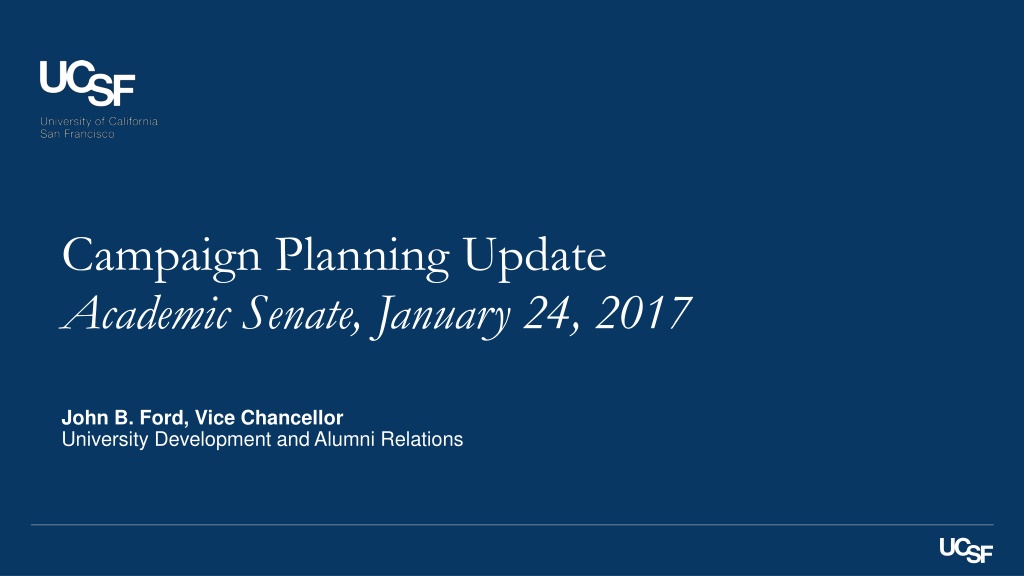








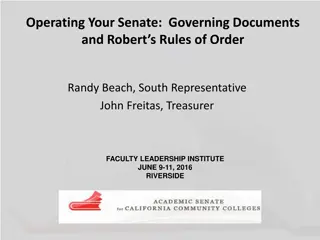
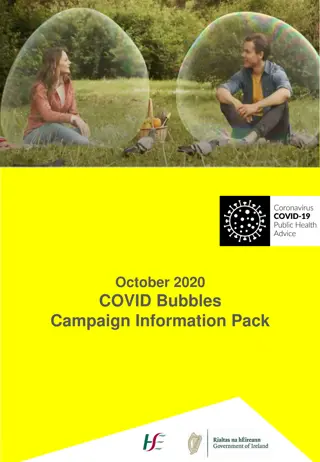

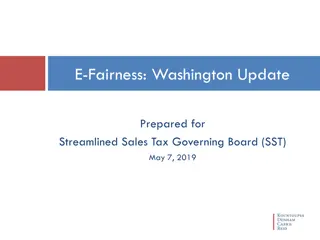
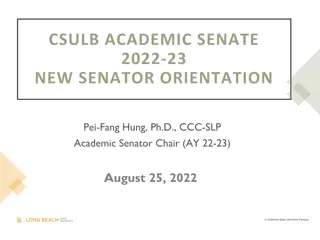

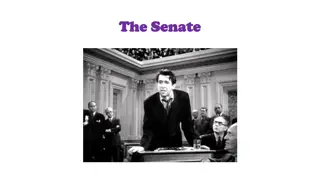
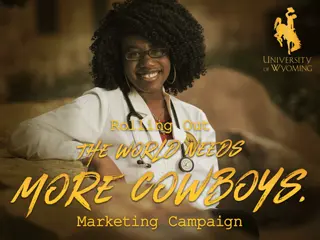
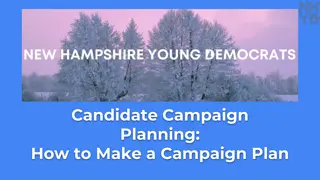
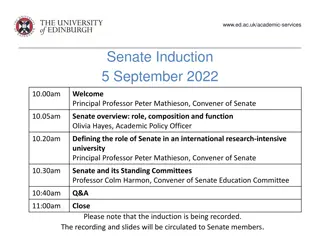

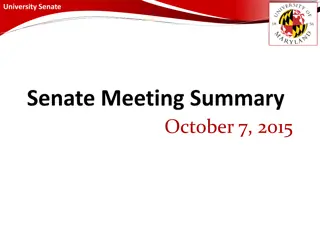
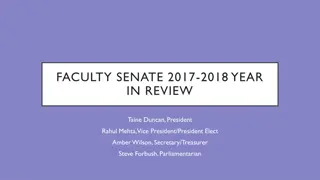
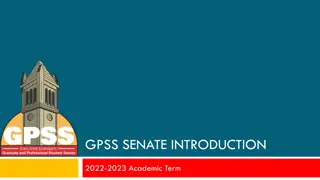
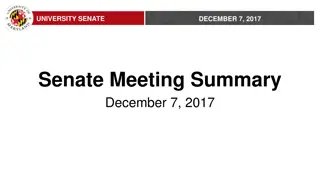

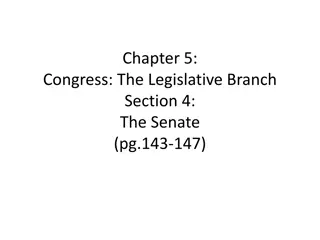
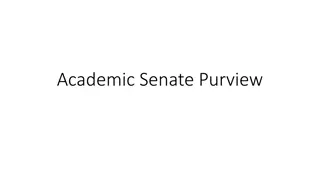
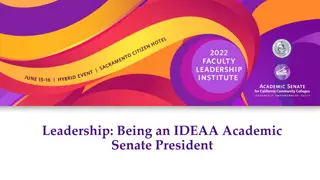

![Overview of the Faculty Senate at [Institution Name]](/thumb/233771/overview-of-the-faculty-senate-at-institution-name.jpg)